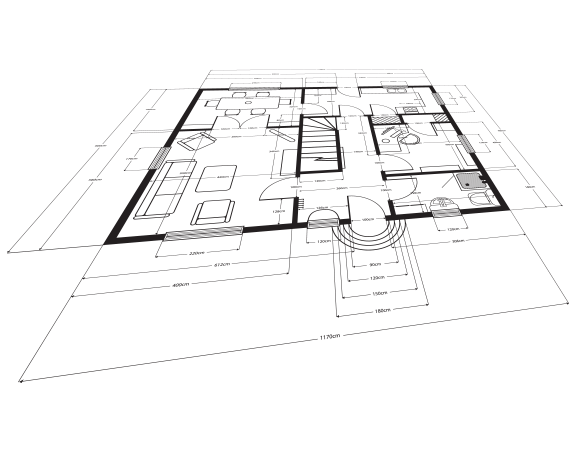A rights of light is a civil matter and is separate from daylight and sunlight as considered by Local Planning Authorities. Rights of light must therefore be considered even if the planning permission has been granted. Rights of light can affect both domestic and non-domestic properties – even non habitable rooms are capable of enjoying a right of light.
In England and Wales a rights to light is usually acquired under the Prescription Act 1832. Under the Act a right to light usually occurs once light has been enjoyed through defined apertures of a building for an uninterrupted period of 20 years.
An infringement may give the neighbouring owner the right to seek an injunction to have the proposed development reduced in size. If the loss of light is small and can be adequately compensated by money, a court may decide to award compensation instead of an injunction.

